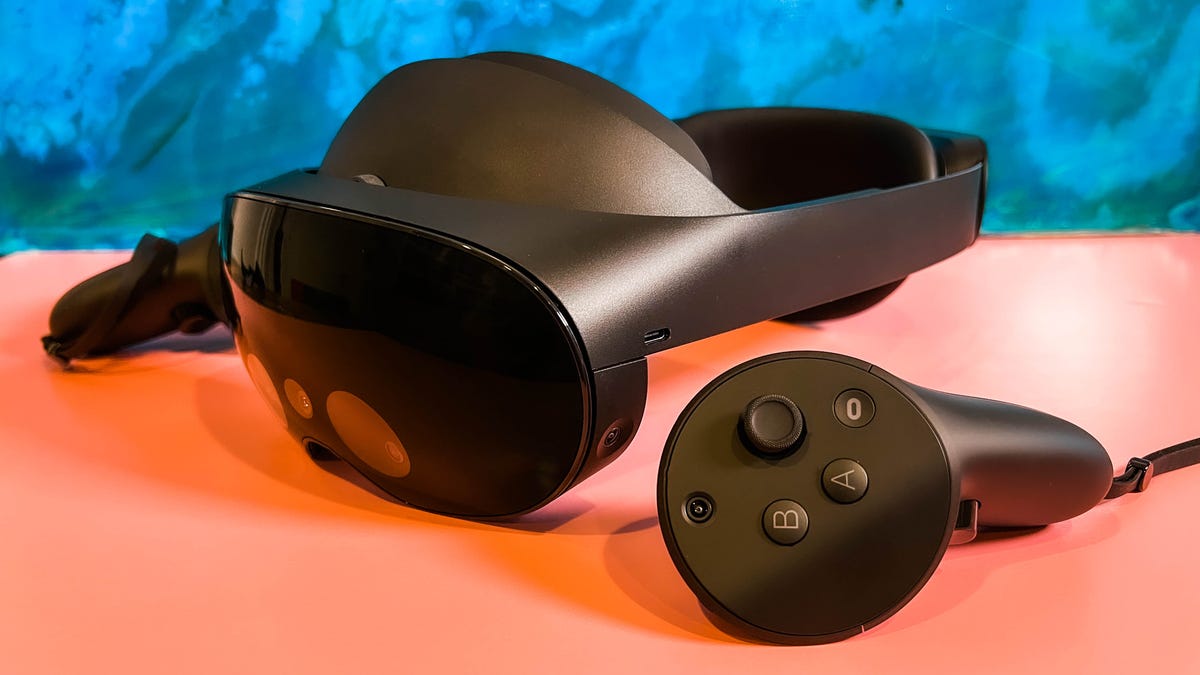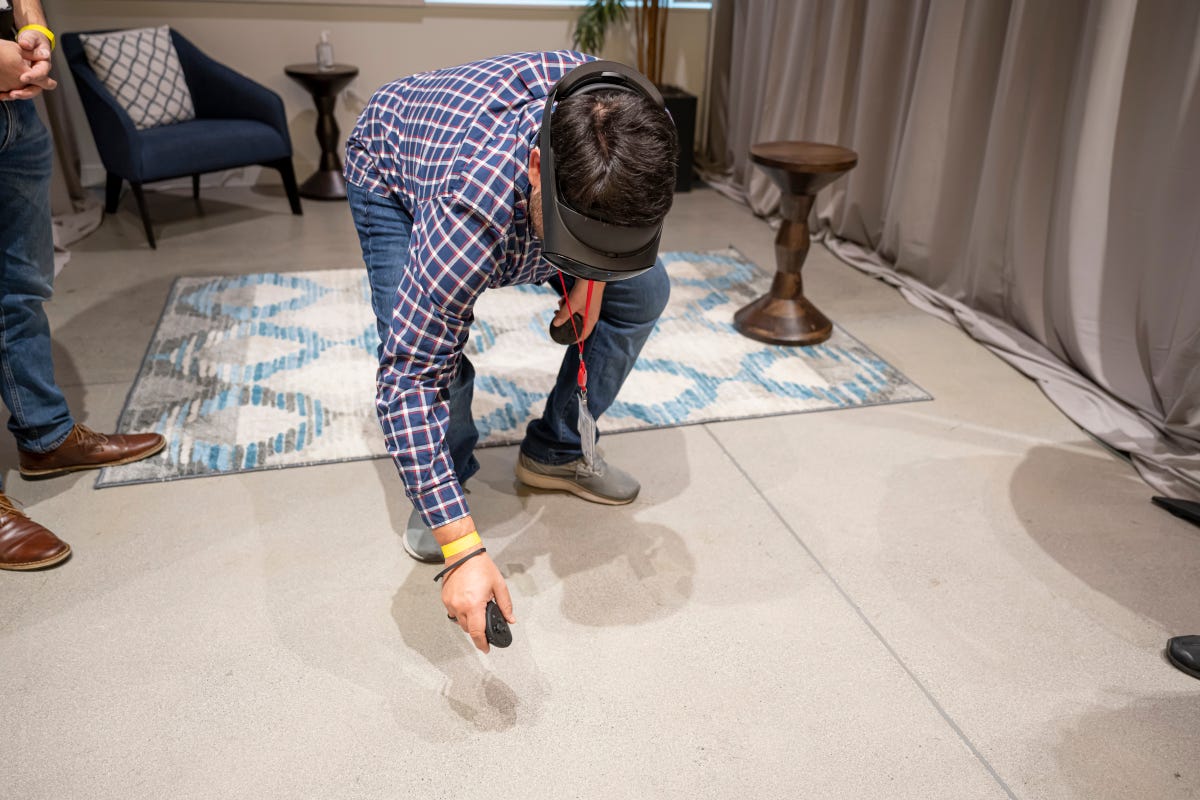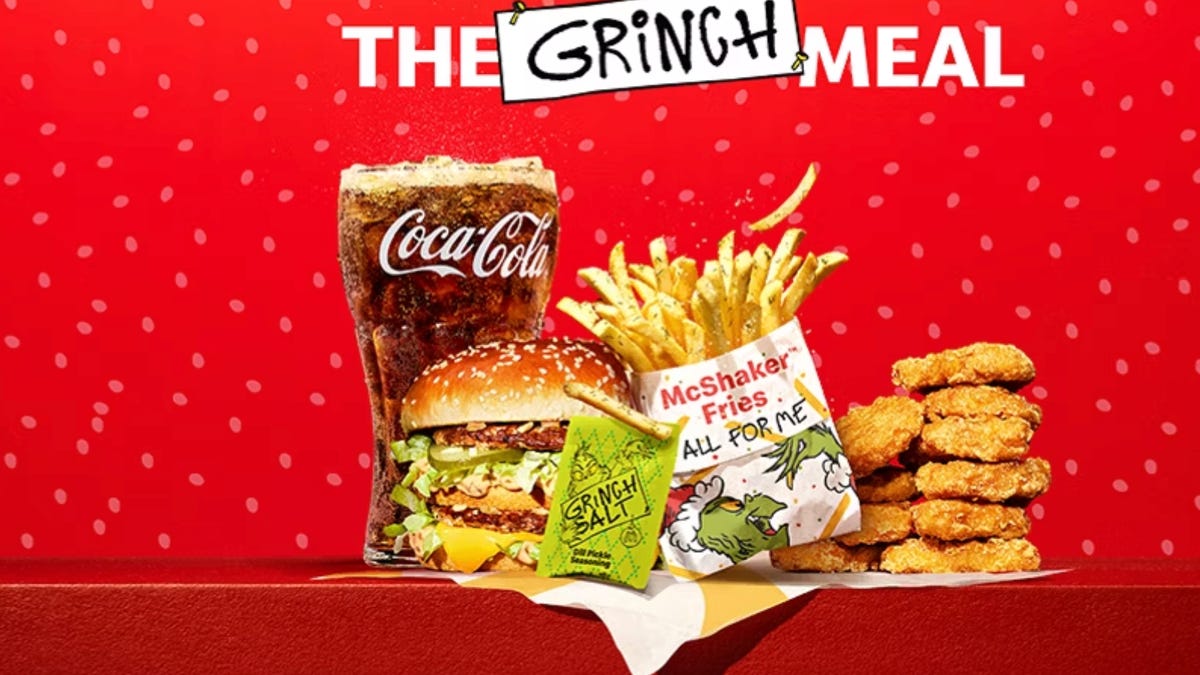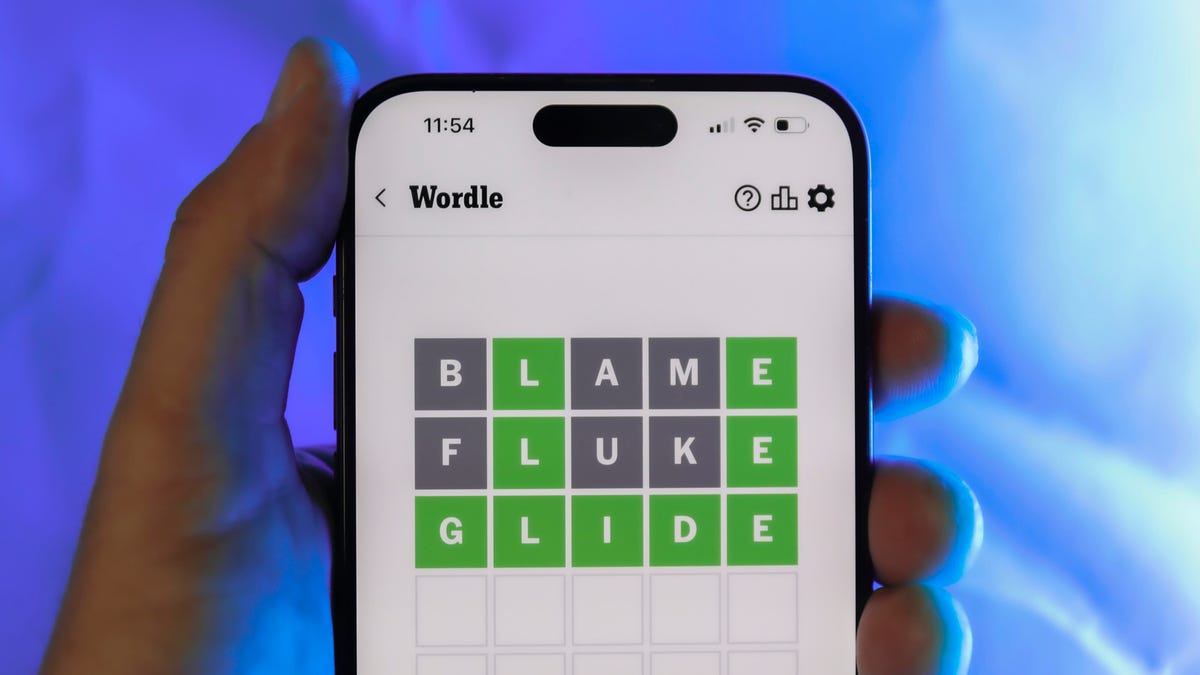Technologies
Meta Quest Pro, Half a Year Later: Caught Between Quest 2 and Quest 3
After I tested the PSVR 2, the Quest Pro seems even more of an enigma, but it may tell us something about the upcoming Quest 3 VR headset.

The Quest 2 headset from Meta succeeded as a self-contained mainstream device for VR gaming. Following that, Meta ambitiously aimed for a lot more with the Quest Pro, a $1,500 headset built around a questionable metaverse strategy. The Pro, already on sale for $500 less than its launch price, felt mistargeted as a pro device, built for a future of work in the metaverse that isn’t here yet… and may never be.
In the almost six months since the Quest Pro came out, the PlayStation VR 2 emerged as another very different headset contender with similarly excellent visuals and eye-tracking. The PlayStation 5-tethered VR headset has absolutely no ambitions at all to be a work device. It just wants to play games in whatever room your PS5 lives in. Meanwhile, Apple is expected to announce its own mixed reality headset in just a few months.
There’s more. The economy has only gotten worse, and Meta’s laid off thousands of people in the last few months. Spending $1,000 on a VR headset is nothing anyone really wants to do, unless it’s somehow able to be some amazing device that can deliver lots of uses all in one. Meta is trying to make the Quest platform that multiuse thing, but it’s still best at one genre: gaming.
However, there are threads to the future. VR headsets can be amazing workout devices. Social experiences in VR can be impressive, transporting and meaningful. Already on hand are 3D art tools and simulation tools that elevate VR to incredibly professional uses. You can cast multiple monitors from your computer and use your VR headset as your magic desktop, but your patience and mileage for that may seriously vary.
The eye-tracking, face-tracking Quest Pro, packing an impressively high-res display, seems like an evolutionary step toward whatever smaller glasses-like things come later. And with software and bridges to computers and phones that will be far more refined. Meta wasn’t wrong with the Quest Pro, in theory, but it was way too early.
Read more: Working on the Quest Pro
By all means, don’t get the Quest Pro. The Meta Quest 3 is expected by the end of this year, and it could very well have a better processor and many of the same features at (perhaps) a lower price. Also, if you’re curious about expensive, bleeding-edge, possibly work-oriented VR devices, Apple’s expected to have its own contender in 2023, too. HTC’s even smaller Vive XR Elite is more portable, and although it doesn’t work with my glasses, it could maybe be a more practically sized travel headset for some. And if you’re looking to elevate your VR gaming beyond the Quest 2, the PlayStation VR 2 is your best bet for its promising graphics and features, even if it is tethered by a cable.
But I’ve started using the Quest Pro more recently, and some things still really stand out.
Wow, the display, and even the audio
The PlayStation VR 2 has a richer and brighter HDR OLED display, but the Quest Pro has the crispest and clearest display of nearly any VR headset I’ve ever used. Meta’s shrunken-down lens system, called pancake optics, combined with a bright LCD display ends up making a notable difference over the Quest 2. I’m appreciating once again how clear text looks, how vivid games appear and how simply clear it all is. It’s not perfect, but if price was no object this would be the ideal display for everyday use. The lenses don’t have any ribbed lines, either, unlike the PlayStation VR 2’s Fresnel lenses and several other VR headsets. I appreciate that it fits over my glasses, as always, even though the headset fit isn’t as loose and forgiving as that of the PSVR 2.
I also appreciate the audio, surprisingly. After using the PSVR 2’s earbuds, which have to be inserted every time, I’m enjoying all over again how Meta’s headsets just project sound from the headbands with no separate headphones needed at all. The Quest Pro’s audio sounds better than the PSVR 2’s earbuds, to my ears, even though the audio is open air and I can hear everything else in the room too. Its blend of VR sound and the everyday world feels like the sort of challenge future AR glasses and mixed reality headsets are going to have to solve, and Meta’s one of the few doing it as well as it can be done right now.


I moved around a lot with the Quest Pro in a demo last fall. It’s much easier to be mobile in it than on something tethered.
MetaIt’s refreshingly relaxed and wireless
Slipping the headset on over my eyes has always felt like putting on a pair of magic lenses. I think of this, the way they rest over my glasses, the way I can casually walk around the room playing Walkabout Mini Golf and not feel worried about bumping into anything. I appreciate the heightened room awareness, partly because I can see the room around the sides of the headset. Also, with its smaller controllers and naturally wireless self-contained design, I just enjoy slipping into it.
It’s also bulky
At the same time, wow, the Quest Pro is awkwardly shaped. It’s big and has a large headband, and needs its own special charger dock to charge up its headset and the controllers. It just feels like a delicate sports car you need to put back carefully in the garage every time. That’s unlike the Quest 2, which is smaller overall despite its larger front, can be tucked more easily into a carrying case, and doesn’t have the same glossy visor design. Also, because I need to charge the Pro every time I use it, it also seems more complicated to store than the also-large (but light) PSVR 2, which can simply be tucked on a shelf.


The Quest Pro (left) is smaller in some ways than the Quest 2 (right). But that stiff headband makes it hard to pack down into a bag.
Scott Stein/CNETMeta never advanced the software enough
The Quest Pro really is just a Quest in terms of apps and OS, so much so that you may wonder why it’s even needed as an upgrade. Backward compatibility is a great thing, but there was an opportunity here to rethink the interface, push mixed reality more and create a truly new class of apps. There are Quest Pro-optimized apps that use the color passthrough cameras and mixed reality features (and eye and face tracking) to different effects, but most of these extras feel tacked on, not quite necessary, gimmicky.
Eye and face tracking aren’t integral to Meta right now, which may be a huge relief to those seeing these sensors as doorways to a whole unsettling level of observational data collecting or more targeted advertising. But that also means the way these technologies are used doesn’t feel necessary, either, unless you’re an aspiring Quest developer who wants to make eye and face tracking apps. When I’ve tried eye and face tracking to animate my avatars, it’s had mixed results, and it sometimes made my virtual self look weirder. Meta can already use AI to help animate avatars based on voice cues, and those work well enough.
The PSVR 2, by comparison, uses its unique features more fully. Eye tracking is already used extensively in many launch games for foveated rendering that improves graphics results, and some games use eye tracking for controls, too.
There’s also a big gap between the phones we use and the VR/AR headsets of the moment. Qualcomm is trying to bridge this gap, and Apple, Google and Samsung will likely try to do the same. Meta has its own phone app that works with the Quest 2 and Quest Pro, but it’s not been rethought for Pro users at all. I don’t feel like I can output my VR work any more easily or intuitively, and I don’t feel like I can use apps or software I rely on all the time in easy, logical ways on the Quest Pro. When will it feel like a true extension of my laptop or my phone? I don’t know.
Meta did add an experimental hand tracking feature called Direct Touch that allows for your fingers to «press» buttons by pressing them in-air, or to press keys on hovering virtual keyboards. This more direct interaction mimics what Microsoft has already done on the HoloLens 2. Still, it’s not reliable enough to use for actual writing, and still feels a little awkward. The Quest Pro is still, mostly, best used with the controllers.
There are plenty of creative and work tools on the Quest Pro, but nearly all of these are things you can also use on the Quest 2, minus those eye tracking and better-looking mixed reality options.
The Quest 3 should get many of the Quest Pro’s features
Expect Meta’s next headset to adopt many of the Quest Pro’s best qualities: the color passthrough cameras and mixed reality capabilities, the smaller lens system and crisper visuals, and on top of that, likely a faster, better processor. The Quest 3 may not have eye tracking, but you probably won’t need that, anyway. It may also come with controllers similar to the Pro’s, or at least work with them. (I like how the Pro controllers are smaller, but I also don’t like how they need more frequent charging.)
The Quest 3 is expected to cost somewhere around $500, and if that’s true, it’ll be half the price of the Quest Pro. Even though I appreciate the Pro’s high-quality visuals and fit, there’s absolutely no reason you should buy one, even at its currently lower but still expensive $1,000 price.
The future is not just about VR: it’s about smaller glasses-like devices that will eventually be wearable all day, and in the meantime will work as mixed reality goggles at home. Meta’s hardware is moving on that path, but in early 2023, VR is still largely for gaming, and the Quest Pro is not a headset made for gamers, and that should tell you all you need to know.
Technologies
McDonald’s Grinch Meal or Burger King’s SpongeBob Menu? We Pick a Winner
Do you prefer the sour-faced green guy from Dr. Seuss or the happy sponge fry cook from Bikini Bottom? I tried all the themed menu items.

Whos down in Whoville, and underwater residents of Bikini Bottom, there’s news for both of you: McDonald’s and Burger King, longtime fast-food rivals, are going head-to-head. Or, to be more accurate, scary red-wigged, face-painted clown head against equally frightening red-bearded crown-wearing head.
On Tuesday, McDonald’s introduced The Grinch Meal, and on the same day, Burger King rolled out its SpongeBob SquarePants menu. So if you’re sick of Thanksgiving leftovers and want some fast food instead, you can decide if your taste buds resonate with the crabby green Grinch or the always cheerful SpongeBob.
Both are limited-edition offerings, so get to your local McDonald’s or Burger King soon if you want to try out the meals.
Don’t miss any of our unbiased tech content and lab-based reviews. Add CNET as a preferred Google source.
McDonald’s Grinch Meal Review
Honestly, McDonald’s Grinch Meal isn’t as creative as BK’s offerings — where are the green-dyed buns, the green shake or the McRoast Beast burger? Essentially, the Grinch Meal is an adult Happy Meal, consisting of your choice of a regular Big Mac or a 10-piece Chicken McNuggets, fries and a medium drink.
Fries with Grinch Salt (dill-pickle seasoning)
McDonald’s offers only one unusual food item with the Grinch Meal, and that’s an accessory for the fries. They come with a small bag of tangy dill pickle seasoning, labeled Grinch Salt, that you’re supposed to shake on your fries for a puckery addition. Pickles, like the Grinch, are green and sour, so I guess that’s the connection here.
How did they taste? Pretty good! I’m a pickle fan, and once I shook them up, the fries were sour and salty and overall delightful. Two green, furry thumbs up.
No Grinch toy, but … socks?
Happy Meals always come with an extra toy or prize of some kind. But there’s no Grinch stuffed animal or Cindy Lou Who figurine with McDonald’s Grinch Meal, although the box it all comes in is cute and Grinchy-themed.
Instead, you get the one Christmas gift that’s so cliched there are endless jokes about it: a pair of socks. There are four different Grinch-themed socks showing The Grinch, Cindy Lou Who, Max the dog and some McDonald’s logo-themed ornaments. Each pair also has an all-caps, hand-scrawled-looking message from the Grinch.
The blue socks read: «These socks stink.»
The yellow socks read: «Nose Hazard.»
The red socks read: «Property of the Grinch.»
And the green socks read, «The Grinch was here.»
My review: I ended up with the yellow pair of socks. They seem to be of decent quality, and considering how lame some fast-food prizes are, this was a score for me. I might actually wear them.
Grade: A
Burger King SpongeBob SquarePants menu
If McDonald’s kind of went Grinch-appropriate stingy on its Grinch offerings, Burger King went Sponge Bob-overboard with the generous SpongeBob SquarePants menu. SpongeBob fans, you might as well go all out and order the Bikini Bottom Bundle, which gives you all four of the themed items in a pineapple-shaped box.
King Jr. kids’ meal in a pineapple box
There’s no adult meal, but there is a King Jr. kids’ meal, in a box shaped like SpongeBob’s underwater pineapple home. It includes one of six SpongeBob toys.
My review: My toy was a figurine of SpongeBob wearing a pirate’s cap and clutching a ship’s wheel. There was supposed to be a Burger King SpongeBob crown too, but my location must’ve forgotten to give those out. The SpongeBob toy was pretty cool as kids’ toys go, though. And the pineapple box is cute.
Grade: A-
Krabby Patty? Almost!
As every SpongeBob fan knows, the cheerful sponge is a fry cook at The Krusty Krab, serving up Krabby Patties all day long, so he knows his fast food. Burger King has plenty of themed menu items, way more than the McDonald’s Grinch offerings.
SpongeBob’s Krabby Whopper
SpongeBob’s Krabby Whopper is the closest thing to the Krabby Patty from the show. (Wendy’s had a Krabby Patty and Pineapple Frosty last year, you might recall.) It seems to be a pretty ordinary Whopper until you get to the bun, which is square and yellow, just like our spongy hero. The yellow dye is made with natural spices, Burger King says. Otherwise, the Whopper is just a regular Whopper.
My review: The Whopper is not my favorite burger, but I have to say the light-yellow, squared-off bun looks super cool. It didn’t taste any different, but I appreciated it.
Grade: B
Mr. Krabs’ Cheesy Bacon Tots
Mr. Krabs’ Cheesy Bacon Tots are crispy, coin-shaped potato tots filled with cheese, bacon bits and potatoes, served in a treasure chest-themed carton.
My review: Ugh, pass on these. The artificial taste of the bacon is pretty awful, and it dried out in about 3 seconds.
Grade: C-
Patrick’s Star-berry Shortcake Pie review
Patrick Star is SpongeBob’s best friend, and in his honor, you can order Patrick’s Star-berry Shortcake Pie. It’s a strawberry shortcake pie slice featuring strawberry and vanilla-flavored creamy layers, a crunchy cookie crumb crust, shortcake cookie crumbles and pink star-shaped sprinkles.
My review: Yum! I’m not usually a fan of any fast-food dessert, but this was sweet and creamy, and the crust was tasty, too.
Grade: A
Pirate’s Frozen Pineapple Float review
Honoring SpongeBob’s pineapple home, you can order a Pirate’s Frozen Pineapple Float, described as «an icy, refreshing frozen pineapple-flavored beverage topped with tropical-flavor cold foam.»
My review: This was my favorite item among all the meals. I didn’t really detect any tropical flavoring in the «cold foam,» but the drink was kind of like a classed-up pineapple Slurpee, refreshing and sweet.
Grade: A+
Grinch Meal or SpongeBob Menu, which tastes better?
Is it wrong to say I liked the non-edible parts of both meals almost more than the food? The Grinch socks were decent quality and cute, and the SpongeBob figurine was fun.
Food-wise, Burger King gets points for the tasty pineapple float and the Patrick pie. The McDonald’s meal is just McDonald’s food with the dill-pickle seasoning for fries added. That’s fine as far as it goes, but it doesn’t go that far.
My vote, then, is if you’re only going to go to one of these chains before the limited-edition themed meals go away, hit up Burger King and try the Bikini Bottom Bundle. Unless you’re an enormous Grinch fan, pickle lover or really need some new socks.
Technologies
Today’s Wordle Hints, Answer and Help for Dec. 3, #1628
Here are hints and the answer for today’s Wordle for Dec. 3, No. 1,628.

Looking for the most recent Wordle answer? Click here for today’s Wordle hints, as well as our daily answers and hints for The New York Times Mini Crossword, Connections, Connections: Sports Edition and Strands puzzles.
Today’s Wordle puzzle has pretty common letters, so you shouldn’t struggle for too long, if you use smart starter words. If you need a new starter word, check out our list of which letters show up the most in English words. If you need hints and the answer, read on.
Today’s Wordle hints
Before we show you today’s Wordle answer, we’ll give you some hints. If you don’t want a spoiler, look away now.
Wordle hint No. 1: Repeats
Today’s Wordle answer has no repeated letters.
Wordle hint No. 2: Vowels
Today’s Wordle answer has two vowels.
Wordle hint No. 3: First letter
Today’s Wordle answer begins with H.
Wordle hint No. 4: Last letter
Today’s Wordle answer ends with E.
Wordle hint No. 5: Meaning
Today’s Wordle answer can refer to excessive speed or urgency.
TODAY’S WORDLE ANSWER
Today’s Wordle answer is HASTE.
Yesterday’s Wordle answer
Yesterday’s Wordle answer, Dec. 2, No. 1627 was CACTI.
Recent Wordle answers
Nov. 28, No. 1623: COLIC
Nov. 29, No, 1624: GRUFF
Nov. 30, No. 1625: MUGGY
Dec. 1, No. 1626: LEACH
Don’t miss any of our unbiased tech content and lab-based reviews. Add CNET as a preferred Google source.
Technologies
Today’s NYT Connections: Sports Edition Hints and Answers for Dec. 3, #436
Here are hints and the answers for the NYT Connections: Sports Edition puzzle No. 436 for Wednesday, Dec. 3.

Looking for the most recent regular Connections answers? Click here for today’s Connections hints, as well as our daily answers and hints for The New York Times Mini Crossword, Wordle and Strands puzzles.
Today’s Connections: Sports Edition is a tough one. Pennsylvanians, you might have an edge here, and so too will fans of a certain NBA star. If you’re struggling with today’s puzzle but still want to solve it, read on for hints and the answers.
Connections: Sports Edition is published by The Athletic, the subscription-based sports journalism site owned by The Times. It doesn’t appear in the NYT Games app, but it does in The Athletic’s own app. Or you can play it for free online.
Read more: NYT Connections: Sports Edition Puzzle Comes Out of Beta
Hints for today’s Connections: Sports Edition groups
Here are four hints for the groupings in today’s Connections: Sports Edition puzzle, ranked from the easiest yellow group to the tough (and sometimes bizarre) purple group.
Yellow group hint: Flip!
Green group hint: The Keystone state.
Blue group hint: Melo.
Purple group hint: Take part in a sport, plus another word.
Answers for today’s Connections: Sports Edition groups
Yellow group: Words heard during a coin toss.
Green group: Pennsylvania college team nicknames.
Blue group: Teams Carmelo Anthony played for.
Purple group: Play ____.
Read more: Wordle Cheat Sheet: Here Are the Most Popular Letters Used in English Words
What are today’s Connections: Sports Edition answers?
The yellow words in today’s Connections
The theme is words heard during a coin toss. The four answers are defer, heads, receive and tails.
The green words in today’s Connections
The theme is Pennsylvania college team nicknames. The four answers are Nittany Lions, Owls, Panthers and Quakers.
The blue words in today’s Connections
The theme is teams Carmelo Anthony played for. The four answers are Knicks, Lakers, Nuggets and Orange.
The purple words in today’s Connections
The theme is play ____. The four answers are action, caller, maker and off.
Don’t miss any of our unbiased tech content and lab-based reviews. Add CNET as a preferred Google source.
-

 Technologies3 года ago
Technologies3 года agoTech Companies Need to Be Held Accountable for Security, Experts Say
-

 Technologies3 года ago
Technologies3 года agoBest Handheld Game Console in 2023
-

 Technologies3 года ago
Technologies3 года agoTighten Up Your VR Game With the Best Head Straps for Quest 2
-

 Technologies4 года ago
Technologies4 года agoBlack Friday 2021: The best deals on TVs, headphones, kitchenware, and more
-

 Technologies4 года ago
Technologies4 года agoVerum, Wickr and Threema: next generation secured messengers
-

 Technologies4 года ago
Technologies4 года agoGoogle to require vaccinations as Silicon Valley rethinks return-to-office policies
-

 Technologies4 года ago
Technologies4 года agoOlivia Harlan Dekker for Verum Messenger
-

 Technologies4 года ago
Technologies4 года agoiPhone 13 event: How to watch Apple’s big announcement tomorrow

